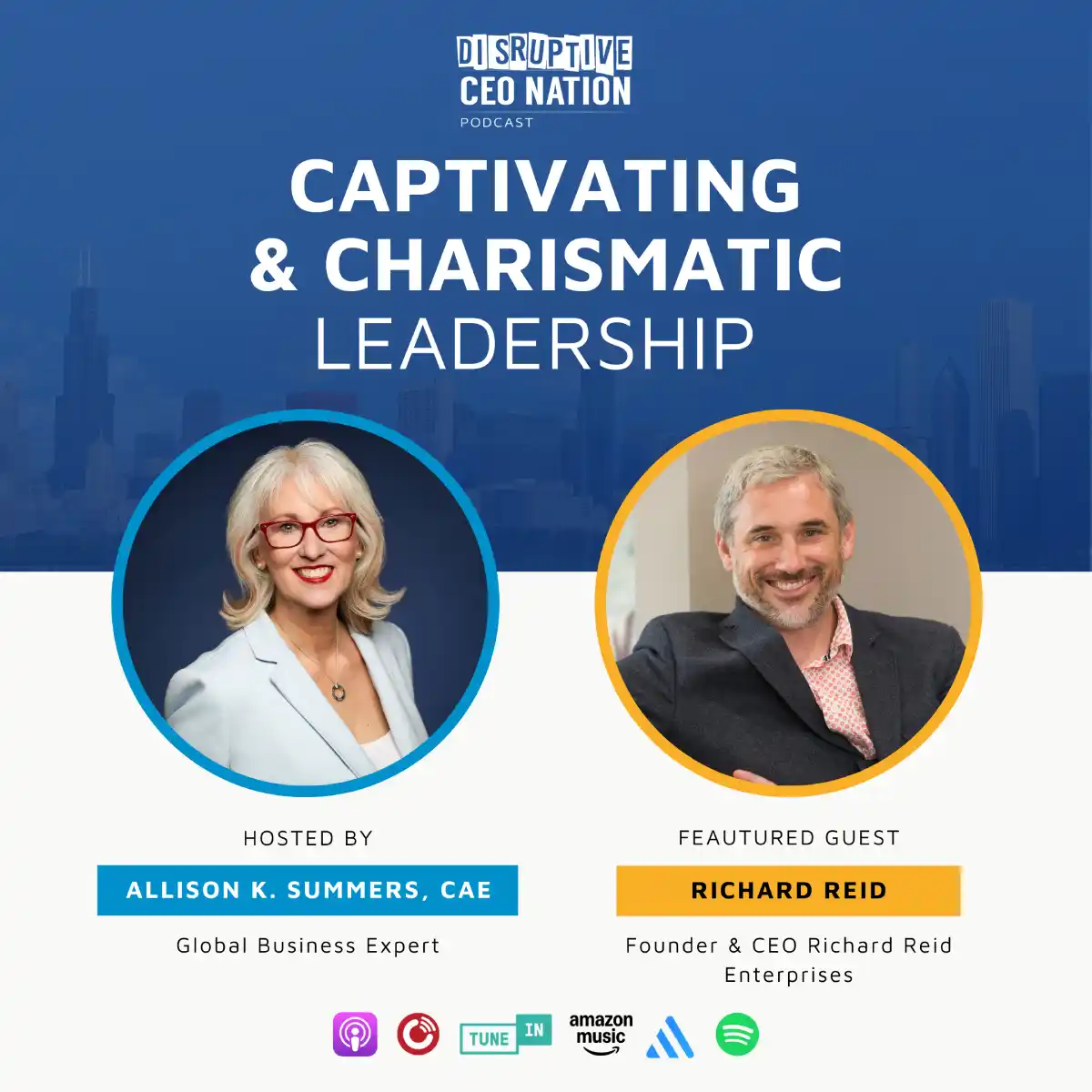Introduction
Organisations face unprecedented challenges and opportunities in today’s rapidly evolving business landscape. To thrive amidst this constant flux, companies need to move beyond simply adapting—they need to cultivate a culture of continuous learning, innovation, and agility. At the heart of this transformation lies the power of the growth mindset. This whitepaper will guide senior leaders to understand, develop, and champion a growth mindset within themselves and their organisations, unlocking the potential for not just individual but also collective success.
Understanding the Growth Mindset: A Paradigm Shift
Coined by renowned psychologist Carol Dweck, the growth mindset is more than just a buzzword; it’s a fundamental belief that our abilities are not fixed traits but qualities that can be cultivated and expanded through dedication, effort, and learning. Individuals with a growth mindset embrace challenges as opportunities for growth, view effort as the path to mastery, and see feedback as an invaluable tool for improvement.
This starkly contrasts the fixed mindset, which operates under the assumption that our talents and intelligence are predetermined and unchangeable. Those with a fixed mindset tend to shy away from challenges for fear of failure, give up easily when faced with obstacles, and view feedback as personal criticism rather than a constructive opportunity for growth. In contrast, a growth mindset is the belief that our abilities can be developed through dedication and hard work. This view creates a love of learning and a resilience that is essential for great accomplishment.
The Transformative Benefits of a Growth Mindset: From Individual to Organizational Flourishing
The impact of a growth mindset extends far beyond individual development; it permeates every facet of an organisation, fostering a culture of continuous improvement and innovation.
For Individuals:
- Increased Resilience: Embracing challenges, rather than avoiding them, builds resilience. Setbacks become springboards for learning, fostering perseverance and a “can-do” attitude. Imagine a sales team that views missed targets not as failures but as opportunities to analyse their approach, refine their strategies, and come back stronger.
- Enhanced Creativity: A growth mindset encourages experimentation and outside-the-box thinking. Individuals who are not afraid to fail are more likely to explore novel solutions and generate innovative ideas. A product development team with a growth mindset might be more inclined to prototype multiple ideas, iterate rapidly, and embrace user feedback to create groundbreaking products.
- Improved Relationships: Openness to feedback is essential for building strong, collaborative relationships. A growth mindset allows individuals to receive constructive criticism, gracefully fostering trust and mutual respect. Imagine a team where feedback is given and received openly, leading to more effective communication, stronger bonds, and a shared commitment to excellence.
- Greater Fulfillment: Pursuing learning and development is inherently fulfilling. A growth mindset fuels a passion for growth, leading to greater job satisfaction and a sense of purpose. Employees who feel challenged, supported, and empowered to grow will likely be engaged, motivated, and committed to their work.
For Organizations:
- Enhanced Innovation: A culture of growth creates a fertile ground for innovation. Employees who feel safe experimenting and learning from their mistakes are more likely to generate breakthrough ideas and drive organisational progress. Companies like Google and 3M have famously fostered cultures of experimentation, allowing employees to dedicate time to pursuing their ideas, leading to some of their most innovative products and services. For instance, Google’s ‘20% time’ policy allows employees to spend 20% of their work time on projects that interest them, leading to innovations like Gmail and Google News.
- Improved Performance: Employees with a growth mindset are more likely to set ambitious goals, embrace challenging assignments, and persevere through obstacles, ultimately leading to improved individual and team performance. This translates into increased productivity, higher-quality work, and a more remarkable ability to meet and exceed organisational goals.
- Increased Adaptability: In today’s volatile business environment, adaptability is paramount. Organisations with a growth mindset are better equipped to navigate change, embrace new technologies, and pivot their strategies as needed. Consider companies like Netflix and Amazon, which have consistently adapted to changing market conditions and consumer preferences, demonstrating the power of a growth mindset.
- Stronger Talent Development: A commitment to learning and development is a powerful magnet for attracting and retaining top talent. Organisations prioritising growth create an environment where employees feel valued, supported, and empowered to reach their full potential. This not only reduces employee turnover but also attracts high-performing individuals who are eager to learn and grow.
A Leader’s Guide to Cultivating a Growth Mindset: Embracing the Journey of Continuous Improvement
Developing a growth mindset is an ongoing journey, not a destination. It requires conscious effort, self-reflection, and a willingness to challenge deeply ingrained beliefs. Here’s how leaders can embark on this transformative journey:
1. Embrace Lifelong Learning:
- Be a Role Model: Demonstrate a commitment to continuous learning by actively seeking new knowledge and skills. Attend conferences, read industry publications, and participate in workshops. Share your learning journey with your team, highlighting what you’re learning and how it’s impacting your work. For example, you could start a book club within your team to discuss industry-related books or articles, or you could share insights from a recent conference you attended.
- Cultivate Curiosity: Encourage a culture of curiosity by asking questions, challenging assumptions, and seeking out diverse perspectives. Create opportunities for your team to engage in cross-functional learning, attend industry events, and connect with experts in their fields.
- Invest in Development: Provide employees with ample opportunities for professional development through training programs, mentorship opportunities, and access to learning resources. Allocate budget and time for employees to attend conferences, pursue certifications, and engage in online learning platforms.
2. Challenge Your Assumptions:
- Question Your Beliefs: Reflect on your beliefs about intelligence, talent, and potential. Challenge any fixed mindset beliefs holding you or your team back. Ask yourself: “Do I believe that people can change and grow? Am I open to learning from others, regardless of their position or experience?”
- Embrace Diverse Perspectives: Encourage open dialogue and debate. Create a safe space for employees to share their ideas, even if they challenge the status quo. Facilitate brainstorming sessions, encourage cross-functional collaboration, and actively solicit feedback from all levels of the organisation.
- Value the Process: Shift the focus from solely outcomes to the learning process. Celebrate effort, experimentation, and the courage to try new things. Recognise and reward employees who take initiative, experiment with new approaches, and learn from their mistakes.
3. Reframe Failure as Learning:
- Normalize Mistakes: Create a culture where mistakes are viewed as valuable learning opportunities, not personal failures. Encourage employees to share their mistakes and what they learned from them. Hold “post-mortem” meetings after projects, regardless of the outcome, to discuss what worked well, what could have been done differently, and what lessons can be applied to future endeavours.
- Encourage Risk-Taking: Foster a culture of experimentation by encouraging employees to step outside their comfort zones and try new approaches. Celebrate both successes and “intelligent failures” that provide valuable insights. Create innovation challenges, hackathons, or pilot programs encouraging employees to experiment and test new ideas.
- Provide Support and Guidance: Offer constructive feedback and support to help employees learn from their mistakes and develop their skills. Provide coaching, mentorship, and access to resources to help employees overcome challenges and develop their abilities.
4. Seek Out Feedback:
- Solicit Feedback Regularly: Seek feedback from your peers, direct reports, and mentors. Don’t wait for annual reviews; make feedback an ongoing part of your growth process. Schedule regular one-on-one meetings with your team members to discuss their progress, challenges, and opportunities for growth.
- Be Open to Criticism: Receive constructive criticism with grace and a willingness to learn. View feedback as a gift that can help you identify blind spots and areas for improvement. Ask clarifying questions, listen actively, and thank the person for their feedback, even if it’s difficult to hear.
- Create a Feedback Culture: Establish regular feedback mechanisms, both formal and informal, to encourage a culture of open communication and continuous improvement. Implement 360-degree reviews, peer feedback sessions, and online platforms where employees can share feedback anonymously.
Embedding a Growth Mindset in Your Organization’s DNA: A Cultural Transformation
Creating a growth mindset culture requires more than individual effort; it requires a top-down approach permeating every level of the organisation. Here’s how leaders can champion this cultural shift:
1. Lead by Example:
- Walk the Talk: Model a growth mindset in your actions and interactions. Be open about your own learning journey, challenges, and successes. Please share your own experiences with failure and how you learned from them.
- Celebrate Growth: Publicly acknowledge and celebrate the growth and achievements of your team members, highlighting their efforts and progress. Recognise employees who have taken on new challenges, developed new skills, or demonstrated a commitment to learning.
- Embrace Vulnerability: Don’t be afraid to admit when you don’t have all the answers. Show your team that asking for help and learning from others is okay. Create a culture where asking for help is seen as a sign of strength, not weakness.
2. Foster a Culture of Learning:
- Provide Resources and Opportunities: Invest in professional development programs, workshops, online courses, and other learning resources that empower employees to expand their knowledge and skills. Create a learning library, offer tuition reimbursement programs, and encourage employees to attend industry events.
- Encourage Knowledge Sharing: Create platforms for employees to share their expertise, best practices, and lessons learned. Foster a culture of mentorship and peer-to-peer learning. Establish communities of practice, lunch-and-learn sessions, and internal knowledge-sharing platforms where employees can share insights and expertise.
- Create Learning Pathways: Develop clear learning pathways for employees to guide their development and growth within the organisation. Encourage employees to set personal development goals and support them in pursuing their desired learning opportunities.
3. Integrate Growth Mindset Principles into Performance Management:
- Revise Performance Metrics: Shift performance metrics to emphasise learning, growth, and collaboration. Encourage employees to set challenging goals and measure their progress based on their efforts and development rather than solely on outcomes.
- Conduct Developmental Reviews: Move away from traditional performance reviews and implement developmental reviews that focus on individual growth and improvement. Provide constructive feedback that highlights strengths, areas for improvement, and actionable steps for development.
- Align Incentives with Growth: Design incentive programs that reward not only results but also learning, collaboration, and innovation. Recognise employees who take risks, demonstrate curiosity, and contribute to the overall growth and development of the organisation.
Conclusion
Cultivating a growth mindset is not merely an individual pursuit; it’s a collective journey that can transform organisations into agile, innovative, and resilient entities. Senior leaders play a crucial role in championing this cultural shift, modelling the values of curiosity, resilience, and continuous learning. By embracing a growth mindset, leaders can create an environment where employees feel empowered to learn, take risks, and reach their full potential. As organisations navigate the complexities of the modern business landscape, those who cultivate a growth mindset will not only survive but thrive, unlocking new opportunities for success and innovation.
Start Now or learn more in our website!










